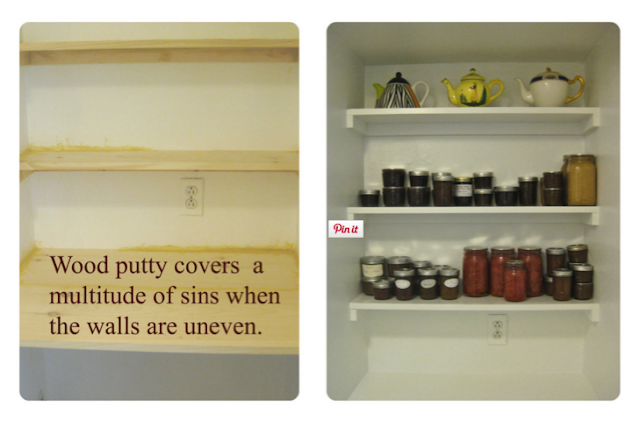So, our refrigerator started making strange clicking noises. The inside display light went out at the same time. A few minutes later, the clicking stopped, and all returned to normal. The problem was intermittent over the course of a few days.
I went online to see if I could figure out a solution, short of buying a new refrigerator when this one eventually stopped working altogether. A combination of “how to” blogs and YouTube videos provided me with just the information I needed, and I learned that the main control board was dying. The experts online informed me that I could replace the circuit board myself. Back to the web I went to find out the part number and where I could buy the replacement.
I ended up going to All Brand Appliance Parts –they had the exact part I needed, and the man who helped me was friendly and knowledgeable. While I could have ordered the circuit board online–and saved $10–I decided it was better to support the local economy (and get the job done sooner).
It wasn’t hard to replace the board. One of the most helpful tips I learned from an expert online was to take a picture of the dying circuit board before I removed it so that I would have a reference as I plugged the connections into the new board. All went well, and I am glad to report that as I sit at the kitchen counter and write a day later, I continue to hear only the comforting, normal hum of the refrigerator.
But I wondered what to do with the circuit board I removed. It bothered me to think of throwing it out because it is a cool, complicated piece of technology that still worked–partially. I decided to get in touch with a friend who teaches high school science, and I was delighted to find out that he wanted it for both his electrical engineering and applied physics classes.
Great service at All Brand Appliances, no more clicking, I cleaned behind the refrigerator, and students get to tinker with the old board I almost threw away–an all around happy ending.





















